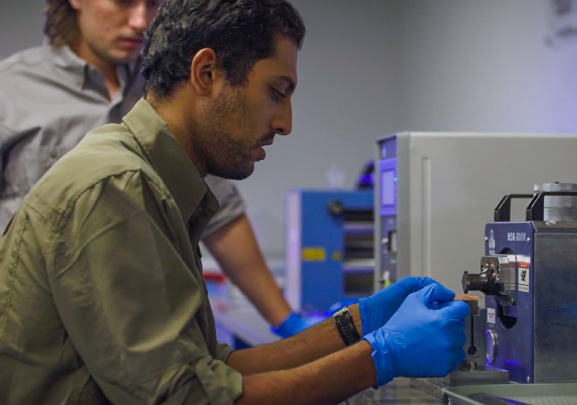Lithium batteries are the most widely used in hybrid and electric cars, places like your smartphone, and cameras, thanks to lithium’s high energy density. You can find these batteries in almost any electronic device, from razors to laptops. They’re also commonly used for powering everything from watches and radios. Here is everything you should know about lithium batteries.
1. What are Lithium Batteries?
Lithium-ion batteries, also known as Li-ion, or LiPo batteries, are rechargeable batteries used in many devices. These batteries work using the electrochemical reactions of lithium ions to the electrodes. The electrodes are usually composed of carbon, the battery’s two ends. You can find lithium batteries in various sizes. However, the most common sizes are AA/AAA/C.
This battery is a popular choice for electronics thanks to its high voltage and power. The higher voltage allows them to function as a stepping stone for larger batteries or motorized devices like cars and drones. It’s also used in various applications that require high power, including switch-mode power supplies and some cordless phone chargers.
2. Components that Make up Lithium Batteries
Lithium-ion batteries typically have an anode that can be made of graphite, silicon, nickel oxide, or a mixture of these. The other component is the cathode which is made of aluminum oxide. The electrolyte is usually a lithium salt in an organic solvent added to the solid state lithium battery, allowing lithium ions to move between the electrodes.
Some companies use a plastic separator instead of a liquid in their batteries. These are also known as polymer cells. Polymer cells are typically designed with thicker casings and walls than Li-ion batteries to allow for better heat dissipation. However, they’re not as common because they tend to be more expensive than other types of Li-ion cells on the market today.
3. How do Lithium Batteries Work?
The flow of lithium ions between these electrodes forms what is known as an electric current. This current flows from the negative cathode to the positive anode (a redox reaction). If a voltage difference is added between the two electrodes, lithium ions will be forced to travel between the electrodes.
The lithium ions are switched out from the anode and travel to the cathode when a load or electrical resistance is applied to its circuit. When this happens, a chemical reaction called oxidation occurs on the anode’s surface, producing electrons at the same time lithium ions are created on the cathode.

4. Lithium Battery Safety
Safety precautions should be observed when using these batteries because they can be dangerous if not used properly. This is why Li-ion batteries have a reputation for being very volatile.
Precautions include never overcharging the battery don’t charge it if it’s too hot or cold. Also, never use a non-recommended charger to charge your lithium battery. Although these will not cause a fire, they can damage your batteries and reduce their lifespan. It is also best to keep these batteries away from direct heat or extreme cold and possible water exposure because this can cause them to catch fire or even explode.
The first signs of trouble with these batteries include typically heat on the casing or an increase in volume followed by an explosion. If this happens, make sure to stay a good distance away from the device and seek shelter.
5. Charging Lithium Batteries
It is not very hard to charge lithium-ion batteries if you follow some precautions and instructions. You need to ensure that the device you are charging it with is safe for use with lithium-ion batteries. The most common chargers are smart chargers. This is because they have built-in chips which will shut off when the battery has been changed completely. However, you can also charge your battery using a normal charger if it’s equipped with an integrated safety circuit.
Another factor to consider when charging your lithium battery is the charging current and voltage. This will be dependent on the charger you are using. However, a standard battery with a charge of 3.6V and 1 amp can be charged at 4 amps or higher. You also need to keep your battery away from other metallic objects, which could cause a short circuit.
Every day, our lives get more and more technology-oriented. Every aspect of our lives seems to have technological support, from cell phones and computers to cars. This means that advanced batteries are needed to understand the growing needs of supporting all these devices. And one crucial technology we need is lithium-ion batteries because they can take all the heat and pressure while keeping their charge efficiently. That’s why it’s important always to remember the safety precautions when using lithium-ion batteries to ensure you keep yourself safe from harm.





